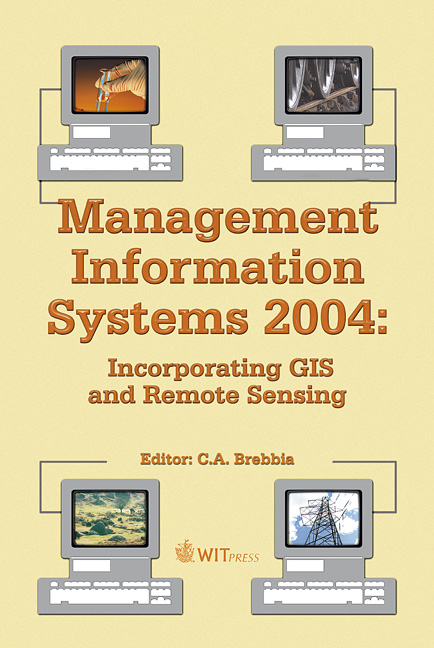GIS And GPS As Useful Tools To Determine Transportation Noise Levels
Price
Free (open access)
Volume
32
Pages
8
Published
2004
Size
940 kb
Paper DOI
10.2495/MIS040041
Copyright
WIT Press
Author(s)
D. Fabjan, D. Paliska & S. Drobne
Abstract
Road traffic is one of the biggest sources of environmental problems. Traffic needs and the motorization rate are increasing due to economic growth, which in turn tends to further generate rapid increase in traffic flow on the Slovenian road network. Thus an attempt to establish the influence of traffic flow on environmental degradation has been made. For this purpose road vehicle noise was analysed. After evaluating the mean speed of vehicles and the gradient of each road section, a model for computation of noise levels was applied. The Global Positioning System (GPS) device was used to determine the actual speed on chosen road sections which enabled the calculation of the influence of the slope and the number of crossroads on the average speed. The ArcView program was used for the Geographical Information System (GIS) approach to forecast noise levels, as well as to present the results of the analysis. The results confirmed a significant influence by traffic flow on noise. Keywords: road traffic, traffic noise, GPS, mean vehicle speed, road gradient, GIS, noise levels forecast. 1 Introduction Road traffic is one of the most widespread sources of noise. It affects practically all people, thus its negative effects are of great concern and a lot of attention is paid to its study. Every road vehicle emits noise – some more, others less –
Keywords
road traffic, traffic noise, GPS, mean vehicle speed, road gradient, GIS, noise levels forecast.





